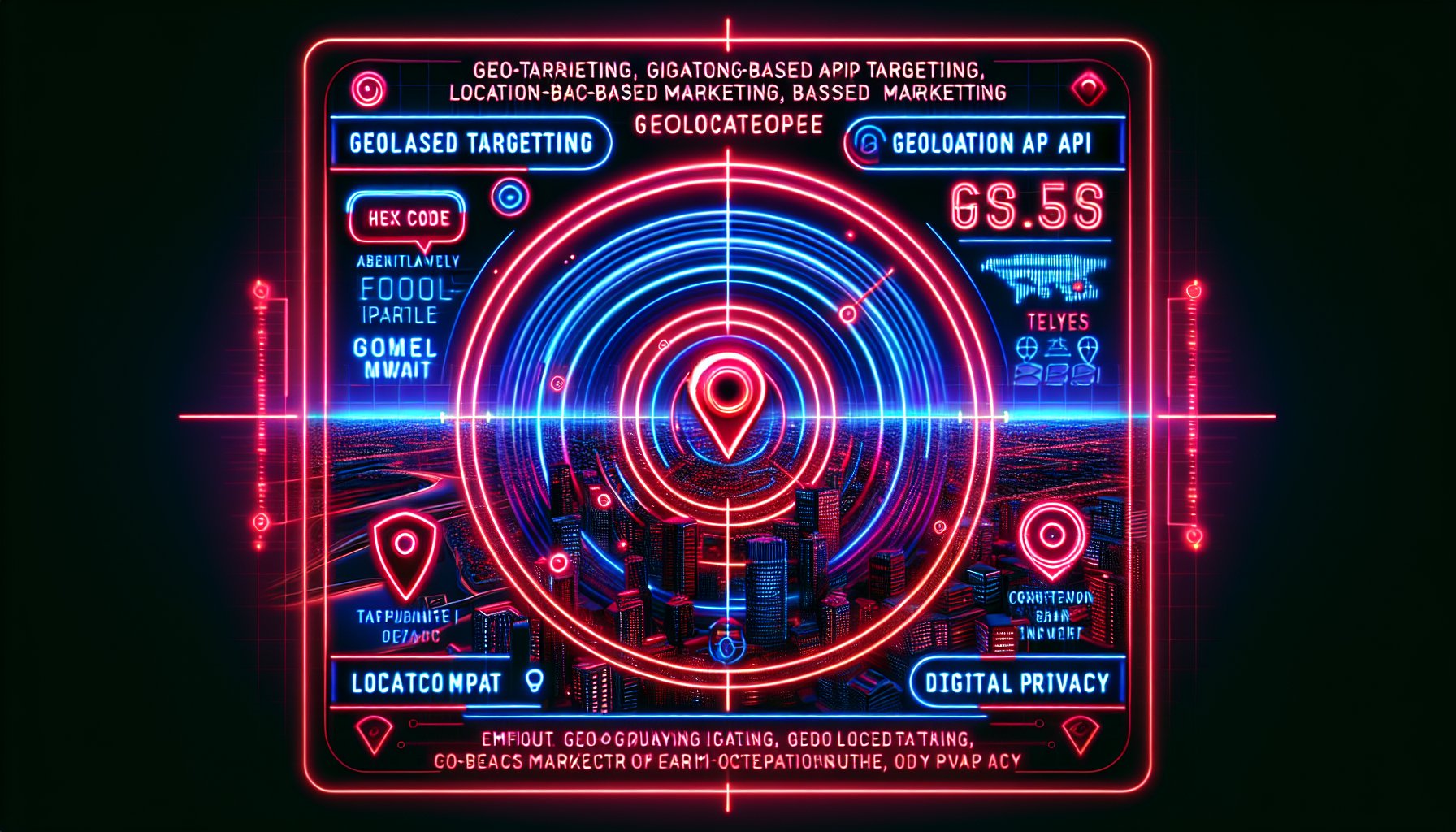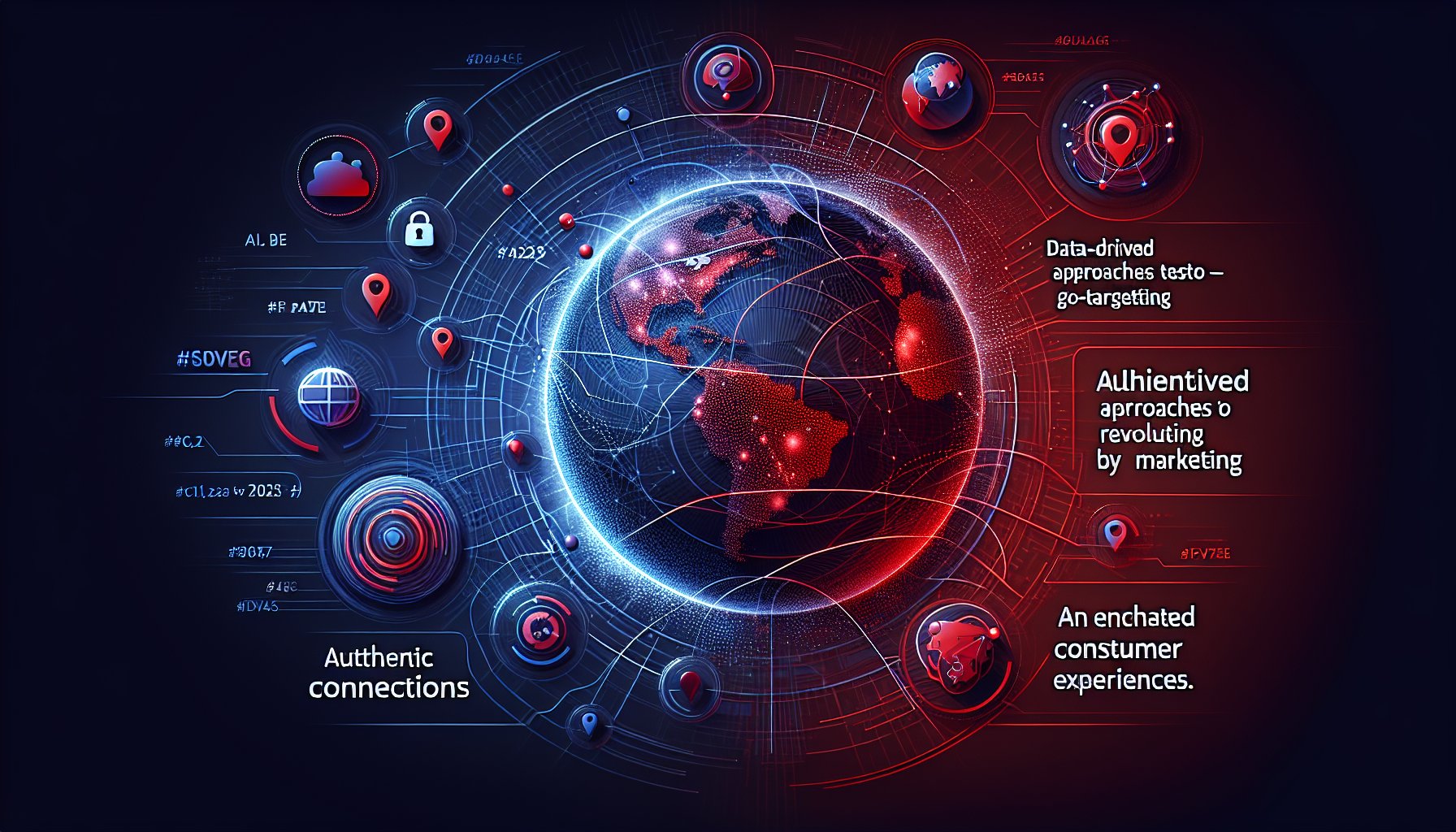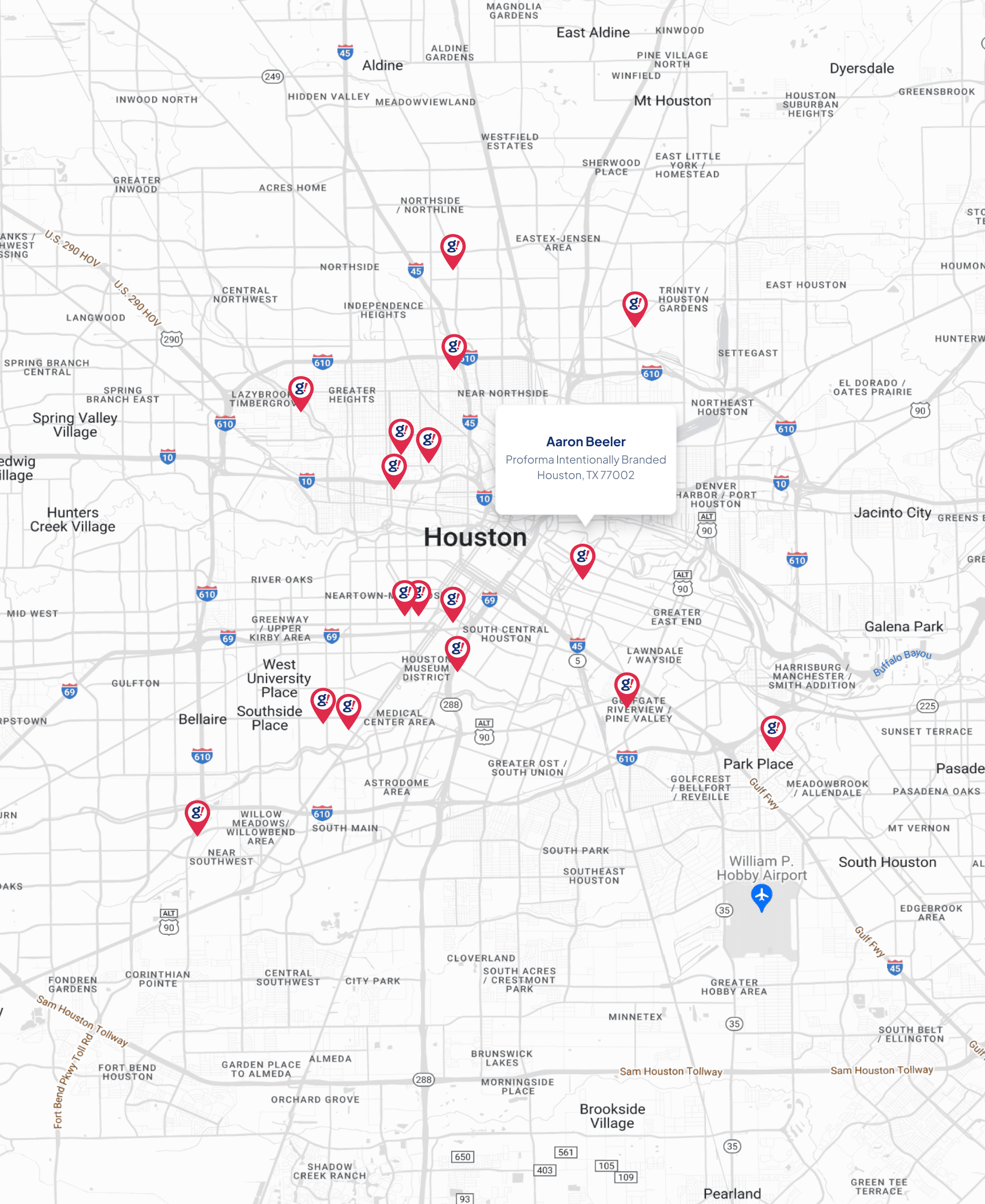Geo-Targeting Solutions
The Role of Geo-Targeting Solutions in Digital Advertising
Discover how geo-targeting solutions are revolutionizing digital advertising by delivering personalized ads based on real-time locations. Learn about the benefits, ethical concerns, and future trends shaping this innovative approach.
Oct 31, 2025
6 min read

TL;DR: Geo-targeting in digital advertising is a game-changer, allowing brands to deliver personalized ads based on users' real-time locations. By blending digital insights with physical presence, businesses can connect with customers in meaningful ways, driving sales and loyalty. However, this approach raises ethical concerns about privacy, demanding a balance between personalization and data protection. As technology advances, the future of geo-targeting promises even more precise consumer engagement, but requires transparency and ethical considerations to build trust.
Mapping the Terrain: Understanding Geo-Targeting Basics
Welcome to the wild world of digital advertising, where geo-targeting isn't just a cool term but a revolutionary shift in how brands connect with you and me. Imagine this: You're gallivanting through the city jungle, to-do list in hand, when your smartphone kindly suggests a nearby café with a deal on your go-to pastry. That's geo-targeting in action, amigos, a strategy that uses your location to serve you ads that feel less like ads and more like timely whispers.
Under the hood, geo-targeting taps into GPS signals, cellular data, and IP addresses to pinpoint your whereabouts, allowing advertisers to zero in on you rather than casting a wide net. Take, for example, a local deli during the lunchtime frenzy. Geo-targeting can transform a generic “eat here” message into a magnetic pull for hungry souls in the vicinity, turning curiosity into foot traffic with the finesse of a magician pulling a rabbit from a hat.
Now, before you start mixing it up with geofencing, let’s clear the air. While geo-targeting follows you wherever you are, geofencing creates an invisible boundary that activates when you cross it, kind of like a digital ‘welcome mat’ that says, “Oh, you’re here! Let’s chat.”
The Digital Compass
Steering this ship through the digital seas is our trusty geo-targeting tech. Imagine standing at a chaotic city crossroads, and your phone suggests a coffee shop just as you're desperately seeking caffeine. Magic? Nah, just digital wizardry at work, using GPS to target ads down to the meter.
Enter algorithms; these are the mapmakers making sense of the data chaos. They help brands figure out that you spend Saturdays at the market and, not coincidentally, that’s when you receive an ad for gourmet coffee beans. It’s less “Big Brother” and more “Hey buddy, need a pick-me-up?”, making ads feel like personalized nudges rather than intrusive pushes.
From Pins to Profits
Let’s talk dollars and sense. gotcha! Mobile Solutions shows us that geo-targeting isn’t just playing the game; it’s changing it entirely. Picture an urban battleground of coffee shops all vying for your morning dollars. By artfully guiding ads to mobiles within blocks of their client’s shop, gotcha! created a ripple effect that boosted sales by 30%. Real-time data helped the coffee chain roll out timely offers, turning nearby walkers into satisfied sippers.
Even beyond retail, geo-targeting’s charms extend to drawing crowds for events or nonprofit activities. Imagine your community rallying around a cleanup event, all thanks to ads that make participation feel like a cooperative gesture rather than an obligation.
Navigating Privacy Concerns: Ethics in Geo-Targeting
But where there's power, there's responsibility, or at least there should be. While geo-targeting winks at you with personalized offers, it can also raise privacy eyebrows. Picture a major retail chain accidently spilling customer data due to lax geo-targeting interfaces. Not a pretty picture, right? This is where GDPR, CCPA, and their ilk tap on the shoulder and remind us that consumer trust isn't just a nice-to-have; it's essential.
Businesses must be transparent: tell users what data you’re collecting, how, and most importantly, why. It’s about inviting users into the fold as partners in this geo-targeting dance, not just sidelining them as passive data points.
The Local Lens
Though the world’s gone digital, local connections still matter, perhaps more than ever. Geo-targeting lets brands speak a local dialect, whether it’s a coffee shop courting neighborhood commuters or a gym wooing park joggers with special offers.
This is how brands become part of the community fabric. By tailoring messages to local tastes and preferences, businesses don't just sell products, they tell stories, weaving themselves into the daily lives of their consumers.
Weathering the Storm: Adapting Geo-Targeting in Changing Environments
Change is the only constant, and geo-targeting isn’t immune to its tides. Whether it’s a pandemic shifting consumer patterns or the rise of remote work redrawing the digital map, flexibility is key. Brands need to tweak tactics swiftly, like pivoting from "come in for coffee" to "order coffee to your door" during lockdowns.
Analyzing consumer behavior in real-time allows marketers to tweak strategies, keeping ads relevant and resonant even as the world spins unpredictably.
Beyond Borders
In this global village, geo-targeting transcends local markets, crafting culturally relevant ads for audiences worldwide. Whether it’s a luxury brand adjusting its narrative for eco-conscious Scandinavians or a local café tempting wandering tourists, geo-targeting bridges continents with messages that resonate.
But with great power comes great responsibility. As brands traverse borders, they must respect diverse consumer rights and preferences, ensuring privacy remains a guiding star in this interconnected landscape.
The Road Ahead: Future Trends in Geo-Targeting
Looking forward, geo-targeting's trajectory is set to soar. With 5G unlocking real-time data and AI refining predictive analytics, the horizon is limitless. Privacy, however, will continue to be a hot topic. Transparent data practices are not just a legal necessity; they’re a trust-building exercise that smart brands won’t ignore.
From Clicks to Conversations
Ultimately, geo-targeting is evolving from generating clicks to nurturing conversations. This shift invites brands to build lasting relationships rather than fleeting transactions, turning ads into dialogues that foster loyalty and community engagement.
The Gotcha! Perspective
Our friends at gotcha! Mobile Solutions are at the cutting edge, turning location data into gold. By honing in on consumers with pinpoint accuracy, they’re not just making ads, they’re crafting experiences that matter. Whether it’s tweaking campaigns for seasonal tastes or deploying hyper-local strategies, gotcha! understands that in the digital age, context is king.
In conclusion, geo-targeting is more than a tool, it's the canvas upon which modern marketing masterpieces are painted. As we embrace its potential, remember: it’s not just about reaching consumers where they are, but understanding them in ways that foster genuine, informed, and mutually respectful connections. The future is geo-targeted, and it’s not just looking promising; it’s looking personal.

Need Help?
Check out these related products that can help:










